3 White Bean Alternatives for Soups and Salads
Substitute for white beans can revolutionize familiar recipes when unexpected pantry shortages occur.
Preparing soups, stews, or dips that call for these creamy legumes suddenly becomes a challenge without access to them.
Several alternatives offer similar texture and nutritional benefits without compromising taste.
From other bean varieties to completely different food groups, these replacements work wonderfully in most culinary applications.
Each option brings its own unique flavor profile to dishes while maintaining the heartiness white beans typically provide.
Most substitutes require minimal adjustments to cooking times or liquid ratios in recipes.
With so many possibilities available, you never need to abandon a planned meal just because one ingredient is missing from the pantry.
Why Substitute White Beans?
You can make French dip sandwiches just as tasty with an au jus substitute by focusing on simple ingredients, the right bread, and a few easy flavor tricks for a restaurant-style meal at home:
Protein-Packed Substitutes for White Beans
White beans out of stock? Just reach for another hearty ingredient and keep moving. The recipe flows right along, and the final plate still feels satisfying.
Great Northern Beans
Substituting white beans in recipes doesn't have to be complicated, with great northern beans serving as the most reliable option due to their similar nutty flavor profile.
These smaller white beans blend perfectly into soups, stews, and casseroles without altering the intended taste of your dish.
For proper preparation, just remember to increase soaking time when using the dry version of these beans.
Many cooks appreciate that great northern beans can be used in a straightforward 1:1 ratio when replacing other white bean varieties.
Other alternatives exist too, such as navy beans or even chickpeas in some applications, though they might slightly change the texture or flavor of your final creation.
Navy Beans
Navy beans make an excellent substitute for cannellini beans in most recipes due to their similar taste and texture profiles.
Despite being smaller in size, these widely available white beans can seamlessly replace cannellini beans using a simple 1:1 ratio.
For best results, soaking them overnight is recommended since navy beans typically require more time to soften properly than their larger counterparts.
Many people prefer navy beans for soups and stews because they hold their shape well during long cooking periods.
The mild flavor of navy beans allows them to absorb surrounding seasonings, making them versatile additions to both Mediterranean and American dishes.
Red Kidney Beans
Navy beans make an excellent replacement for white beans in most recipes thanks to their mild flavor and comparable texture.
The similar size and creamy consistency allow them to blend seamlessly into soups, stews, and dips without anyone noticing the swap.
Since they're commonly available at most grocery stores, navy beans can save the day when you've run out of cannellini or great northern beans.
Their slightly different color might be noticeable in some dishes where presentation matters, but this rarely affects the overall taste experience.
For best results, simply use an equal amount of navy beans as the white beans called for in your recipe.
Adjusting Texture and Flavor With White Bean Alternatives
Using white bean alternatives in your recipes can easily change both the texture and flavor of your dish, giving you more flexibility whether you’re cooking soups, dips, salads, or baked goods:
Use the Right Replacements
Try applesauce, mashed banana, pumpkin puree, or yogurt to replace yolks; these add moisture and help bind, especially in cakes, muffins, and quick breads.
Try Silken Tofu or Egg Replacers
Blended silken tofu is nearly flavorless and adds structure; commercial egg replacers are designed for binding and moisture in most baking recipes.
Boost Fat Content
Add a tablespoon of melted butter, coconut oil, or mild vegetable oil per missing yolk to keep baked goods rich and soft without making them greasy.
Mix Well for Emulsification
Yolks blend fats and liquids, whisk batter thoroughly or use a stand mixer for a smooth, even texture.
Increase Leavening
Without yolks, bakes may not rise as much; add a pinch more baking powder or soda for a lighter, fluffier crumb.
Watch for Browning
Yolk-free bakes may not brown deeply; brush tops with milk or dairy-free alternative before baking for a golden color.
Let Them Cool
Egg-free and yolk-free recipes are more delicate when warm. Let baked goods cool fully before slicing or serving so they hold together better.
White Bean Swaps: Reader Questions Answered
1. Are there quick-cooking alternatives to white beans?
Lentils or canned chickpeas are quick-cooking substitutes that require minimal preparation compared to dried beans.
2. Can I use potatoes instead of white beans in soups or stews?
Yes, diced potatoes can thicken soups or stews and provide a similar hearty texture, but they lack the protein content of beans.
3. Are there low-carb substitutes for white beans?
Use cauliflower florets, zucchini cubes, or mushrooms as low-carb, keto-friendly replacements in recipes calling for white beans.
4. Will substitutes affect the cooking time in my recipes?
Canned beans or lentils shorten cooking times significantly, while dried beans (other than white) usually cook similarly.
5. Can I substitute black beans for white beans?
Yes, black beans work well, but expect a darker color and slightly different flavor, especially in lighter soups or salads.
6. Are white bean substitutes suitable for vegan and vegetarian dishes?
Absolutely, all suggested bean and lentil alternatives are plant-based and suitable for vegetarian and vegan diets.
7. Can I use edamame instead of white beans?
Yes, edamame is a high-protein, bright green alternative that works well in salads, stir-fries, or soups.
8. How should I store leftover substitutes for white beans?
Keep cooked beans or lentils refrigerated in airtight containers for three to five days or freeze them for longer storage.

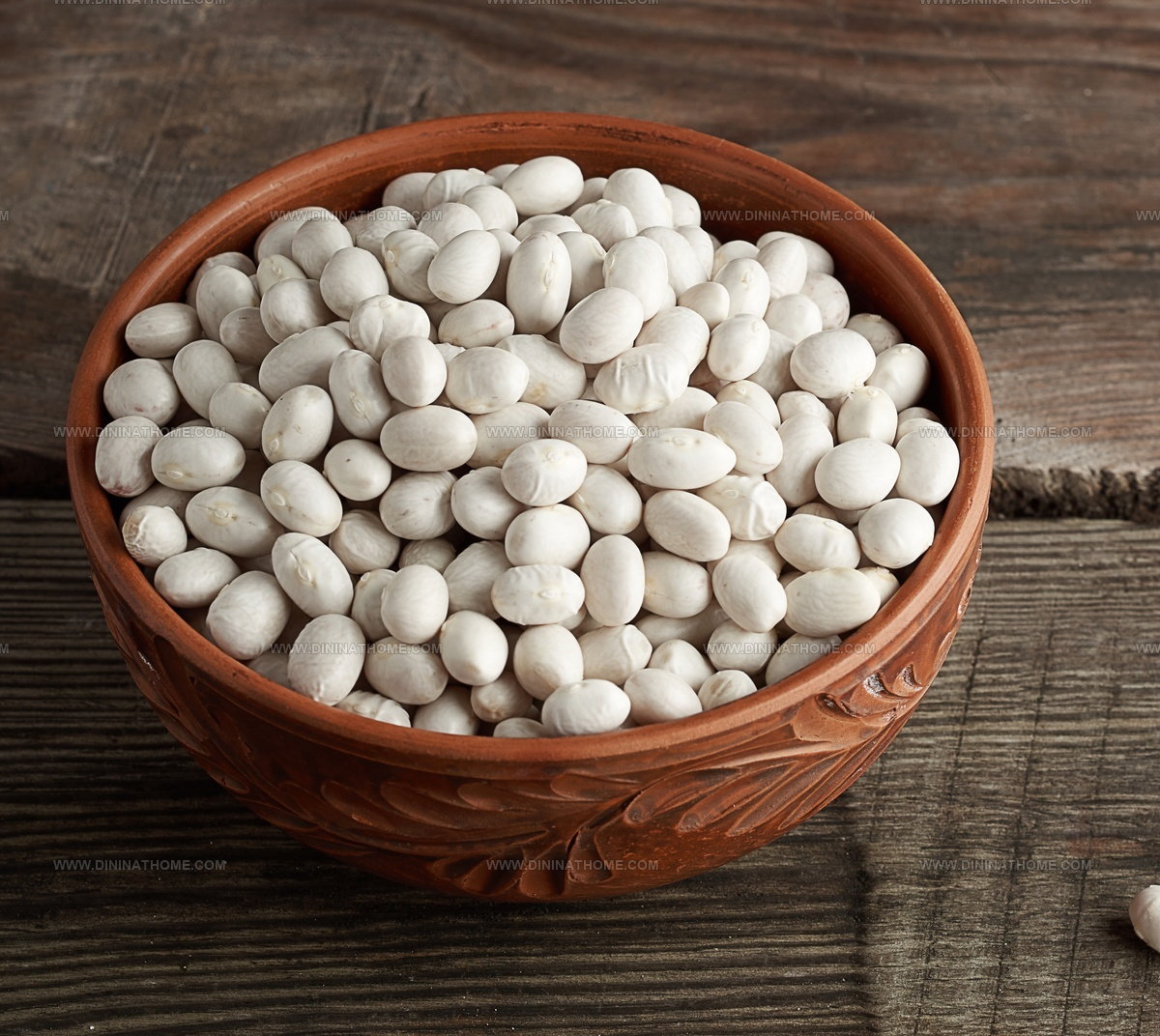
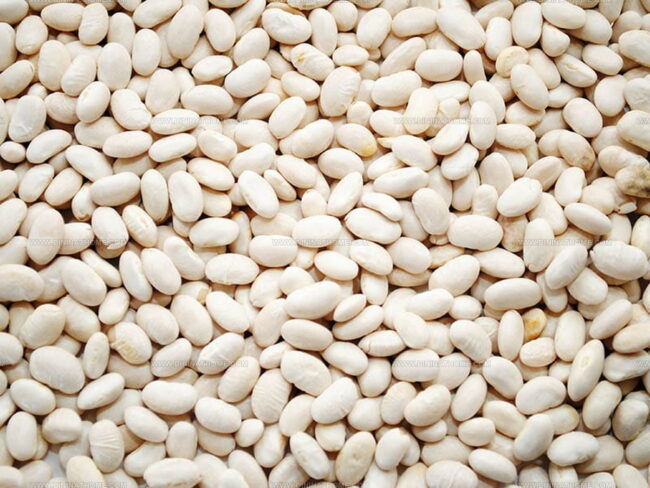
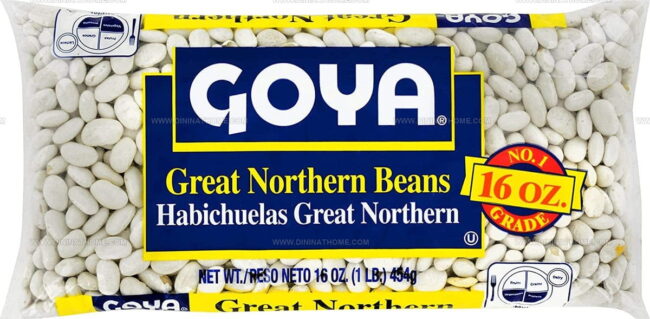
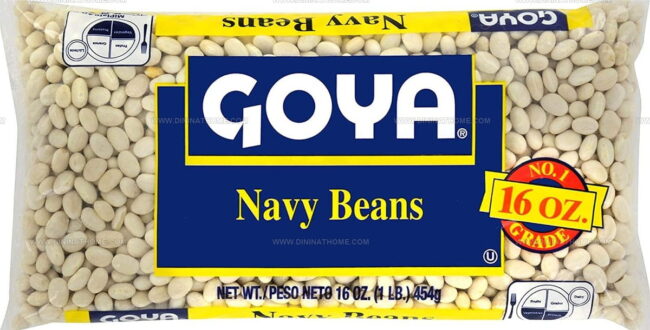
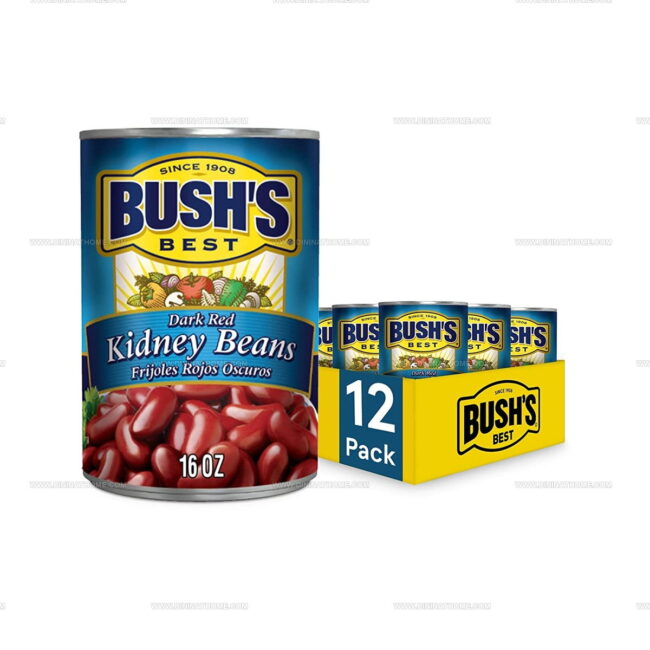
James Walker
Lead Recipe Developer & Culinary Educator
Expertise
Southern Cuisine & Farm-to-Table Cooking, Recipe Development & Testing, Culinary Education & Instruction
Education
School: Auguste Escoffier School of Culinary Arts
Program: Diploma in Culinary Arts and Operations
Focus: Comprehensive training in classical and modern culinary techniques, kitchen operations, and farm-to-table practices.
James didn’t learn cooking from a TV show, he learned it from busy kitchens, family gatherings, and long afternoons spent testing recipes the hard way.
After training at the Auguste Escoffier School of Culinary Arts, he brought his love for real, down-to-earth food to every dish he makes.
At Dining At Home, James loves building recipes that feel familiar but still have something special, like adding a twist to a classic or making a slow Sunday dinner feel brand new.
When he’s not in the kitchen, you’ll probably find him swapping garden tips at the farmers’ market or teaching his daughter how to flip pancakes without a mess (almost).